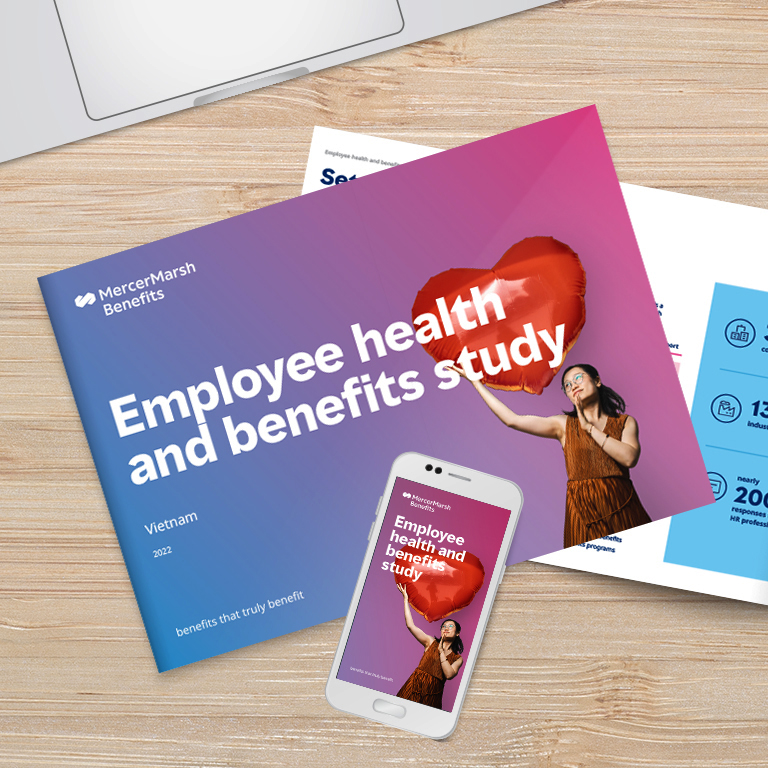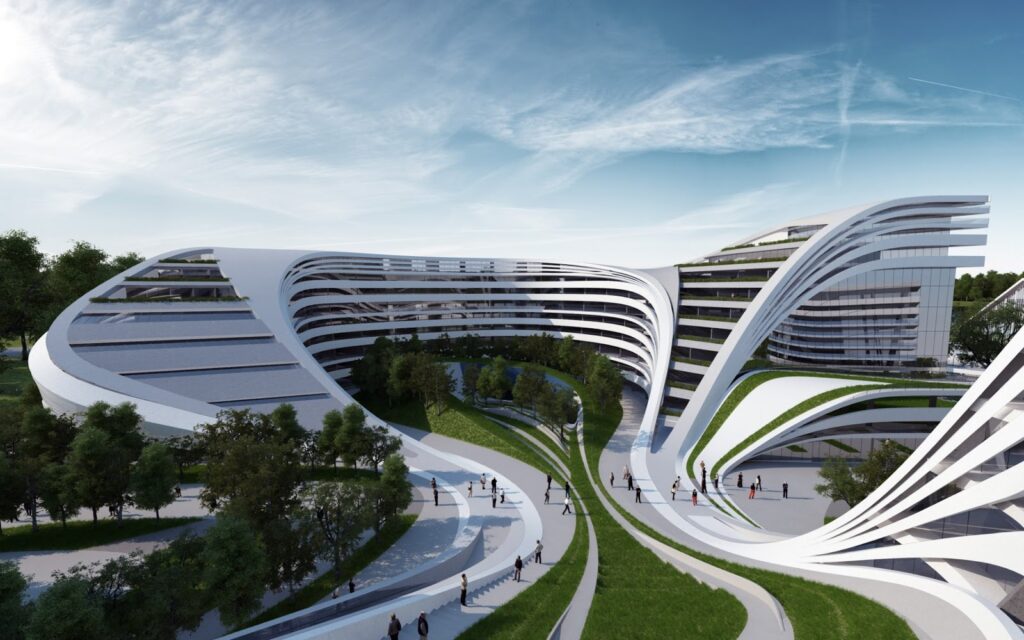Global commercial insurance prices rose 9% in the second quarter of 2022, marking the sixth consecutive quarter in which the pace of increase moderated.
In the second quarter Asia experienced a 3% increase in composite pricing, the same as in the prior quarter. The Philippines, with a composite pricing increase of 14.2% (down from 22.1%), saw the biggest pricing moderation in the quarter.
The index is a proprietary measure of global commercial insurance premium pricing change at renewal, representing the world’s major insurance markets and comprising nearly 90% of Marsh’s premium.
Regionally, composite pricing increases for the second quarter were as follows:
Asia: 3%.
US: 10%.
UK: 11%.
Continental Europe: 6%.
Latin America and the Caribean: 5%.
Pacific: 7%.
- Property insurance pricing rates rose 2% in the second quarter, the fifteenth consecutive quarter of increase.
- Clients with poor loss histories generally experienced higher pricing increases.
- Clients with natural catastrophe risks continued to see pricing increases above the average.
- Mid-market diversification for insurers improved competition, benefitting clients.
- Casualty insurance pricing was flat, following increases of 2% in the prior two quarters.
- Clients with good loss histories generally experienced flat pricing, while those with poor loss histories saw pricing increases.
- Insurer risk selection in challenged industries contributed to reduced capacity and increased pricing.
Insurers restricted capacity on excess layers; challenges were pronounced with product recall and products liability exposures.
Financial and professional lines pricing increased 13%, the same as in the prior quarter. In Singapore, prices increased by 24%, the largest pricing increase compared to 16% in the previous quarter.
The average pricing increase for directors and officers (D&O) liability insurance ranged from 10% to 15%, with retentions stabilizing.
o Capacity challenges remained for US listed/exposed businesses and for certain sectors and countries.
o Primary rates remained challenging to manage, with only a few markets willing to quote.
For the financial institution (FI) sector, pricing increases began to moderate; however, insurers continued to cautiously manage capacity and retention levels.
Professional indemnity (PI) coverage began to experience increased insurer appetite at the small to midsize enterprise (SME) segment, although this remains a small market for Asia.
o For larger and more complex PI programs, rate increases averaged in the 10% to 15% range.
o The communications, media, and technology sector were increasingly dovetailing with the cyber market, meaning selective capacity remained.
o Appetite for the medical malpractice sector continued to be selective.
The cyber insurance market continued to be affected by hard market conditions, claims, systemic risk concerns, geopolitical tensions, and ransomware, which put upward pressure on rates. Insurers continued to manage cyber risk while growing their respective portfolios. We are still seeing rate increases averaging in the 25% to 50% range, and higher, including for loss free accounts with effective controls.
Insurers exercised caution around digital-asset related companies.










